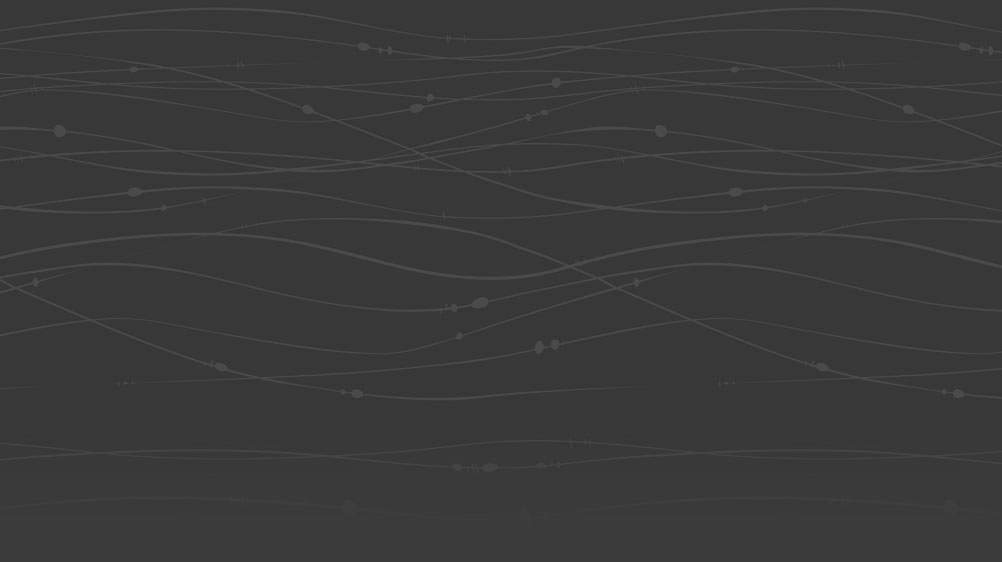
Reflection, the critical link between service and learning, is oftentimes the most challenging part of service-learning for faculty and students alike. For that reason, the following describes the rationale for promoting critical reflection and provides strategies and examples of possible reflection activities to incorporate into your class.
Reflection can take on many forms, all of which are structured exercises designed to analyze connections between the service and classroom components of the course.
Eyler, Giles, and Schmiede (1996) concluded from their research that critical reflection in service-learning is:
Continuous: an ongoing part of learning in the course that provides continuity through each event or experience; reflection occurs before, during, and after the experience.
Connected: the link between service and the intellectual and academic interests of students, resulting in the synthesis of action and thought.
Challenging: an intervention to engage students in issues in a broader, more critical way; reflection pushes students to think in new ways.
Contextualized: appropriate for the setting and context of a particular service-learning course or program; reflection corresponds in a meaningful way to the topics and experiences that form material for reflection.
Sample Reflection Activities
Discussion Sessions: Structured discussions allow students to share experiences and learn from students working at other sites or other times at the same location. The sessions may be designed with particular themes. Questions that will assist with conversation during a discussion include:
Electronic Discussions: The faculty member sets up a site for students to discuss their service experience via Blackboard or e-mail on a regular basis and posts questions for consideration and topics for directed writings.
Journals: Journals are a common way to assess student learning in a service-learning course. A description of the students’ service activities as well as written, thoughtful reflections about those activities should be included.
Personal Journals: Students may write about any aspect of the service-learning experience on a regular basis.
Directed Journals: Students are asked to describe what they did at the service site after each session, to comment on their reactions and feelings about what happened, and to analyze what happened on the basis of conceptual material from the course.
Journals should be collected throughout the semester. Early and regular feedback for students’ journal entries is critical in teaching students how to develop their reflection skills. Students might be asked to address some of the following questions:
(Adapted from the Volunteer Action Center-Florida International University)
Civic and Community Engagement
Some content on this page is saved in PDF format. To view these files, download Adobe Acrobat Reader free. If you are having trouble reading a document, request an accessible copy of the PDF or Word Document.
